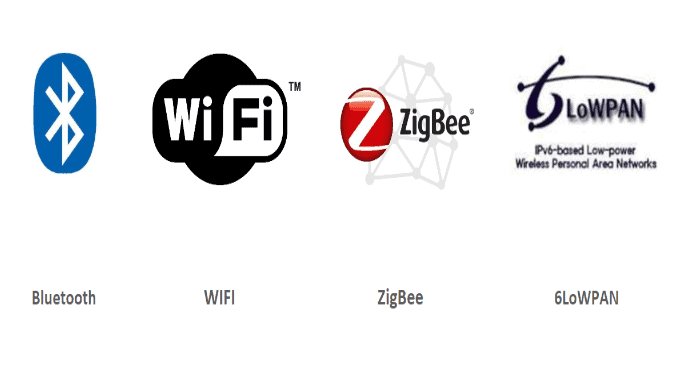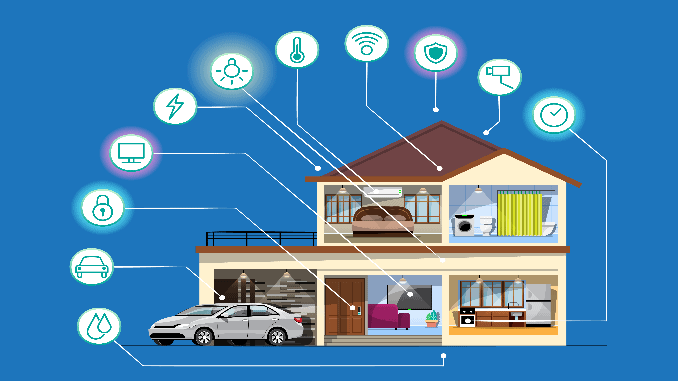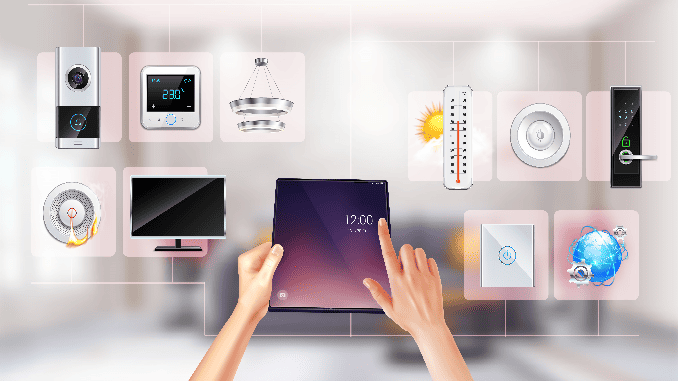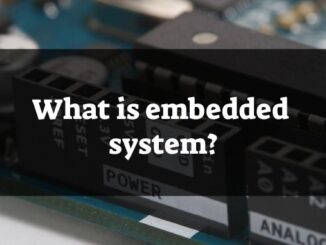
Short-range wireless communication technology is wireless communication systems that are used to transfer data over a short distance without the need for a physical connection. Some of the commonly used short-range wireless technologies include:
- Bluetooth
- Wi-Fi
- Zigbee
- 6LoWPAN
Table of Contents
Short Range Wireless Communication Technology
Bluetooth

Bluetooth is a wireless technology standard that enables short-range communication between devices such as smartphones, laptops, tablets, and headphones. It operates in the 2.4GHz frequency range and uses a radio technology known as a frequency-hopping spread spectrum to transmit data over the air. Bluetooth was developed as a cable replacement technology and allows devices to connect and exchange data without the need for a physical connection.
Bluetooth technology is used in a wide range of devices and applications, including:
- Wireless headphones, speakers, and earbuds
- Smartphones, tablets, and laptops
- Wireless game controllers and gaming accessories
- Fitness trackers and wearable devices
- Hands-free communication in cars through Bluetooth-enabled speakers
- Medical devices such as glucose meters and blood pressure monitors
- Home automation devices such as smart locks, light bulbs, and thermostats
- Keyboard, mice, and other computer accessories
- Overall, Bluetooth technology is used in any device that requires wireless communication over short distances.
Wi-Fi

Wi-Fi is a technology for wireless local area networking that allows devices to connect to each other and to the Internet. It uses radio waves to transmit data over short distances and supports high-speed Internet and network connections. Wi-Fi is the most common way to connect to the Internet in homes, offices, and public places, and is available in various forms, such as Wi-Fi hotspots and Wi-Fi routers.
Wi-Fi is used in a variety of settings, including:
- Homes: Wi-Fi is commonly used to connect laptops, smartphones, and other devices to the Internet in homes.
- Offices: Wi-Fi is used to provide Internet access and network connectivity to employees in offices.
Public places: Wi-Fi is widely available in public places such as airports, cafes, hotels, and shopping malls, allowing people to connect to the Internet on their devices.
Education: Wi-Fi is used to provide Internet access in classrooms and on college campuses.
Healthcare: Wi-Fi is used to support medical devices and provide Internet access in hospitals and clinics. - Transportation: Wi-Fi is available on some trains, buses, and airplanes, allowing passengers to connect to the Internet while traveling.
Military and government: Wi-Fi is used to support various military and government operations.
In general, Wi-Fi is used to support Internet access and network connectivity in a wide range of environments and applications.
Zigbee

Zigbee is a wireless communication protocol based on the IEEE 802.15.4 standard, designed for low-power, low-data rate IoT applications. It operates in the 2.4GHz band and uses mesh networking to allow for communication between devices over long distances and with obstacles. Zigbee devices can form networks to control and automate devices such as lights, temperature sensors, and appliances.
Zigbee is used in a variety of Internet of Things (IoT) applications, particularly in the smart home and building automation space. Some common examples of its use include:
- Lighting control systems: Zigbee can be used to control lights and other lighting fixtures in homes and commercial buildings.
- Home automation systems: Zigbee can be used to control and automate various smart home devices such as locks, thermostats, and appliances.
- Environmental sensing: Zigbee can be used in sensors to monitor environmental factors such as temperature, humidity, and air quality.
- Health monitoring: Zigbee can be used in wearable devices for health monitoring, such as fitness trackers and smartwatches.
- Industrial automation: Zigbee can be used in industrial automation systems to control and monitor machinery, conveyor systems, and other industrial processes.
Overall, Zigbee is well-suited for low-bandwidth, low-power applications that require robust, reliable wireless communication.
6LoWPAN

6LoWPAN stands for IPv6 over Low power Wireless Personal Area Networks. It’s a networking standard that enables low-power, low-data-rate devices to communicate with the Internet using Internet Protocol (IPv6) over a wireless network based on the IEEE 802.15.4 standard for personal area networks (PANs). It’s designed for use with the Internet of Things (IoT) devices and other embedded systems that have limited processing power, memory, and battery life. The goal of 6LoWPAN is to provide a simple, efficient, and scalable networking solution for IoT devices.
6LoWPAN is used in a variety of Internet of Things (IoT) applications and environments where low-power, low-data-rate wireless communication is required. Some common use cases include:
- Home Automation: 6LoWPAN enables the communication between smart home devices such as lighting, temperature control, and security systems.
- Industrial Automation: It is used in industrial environments for communication between sensors, actuators, and control systems.
- Healthcare: 6LoWPAN is used in medical devices, such as wearable devices, and other healthcare monitoring systems to communicate health data.
- Environmental Monitoring: It can be used for environmental monitoring systems to communicate data from sensors to a central monitoring station.
- Agriculture: 6LoWPAN can be used for wireless communication between sensors, actuators, and control systems in agriculture and farming.
- Supply Chain Management: It can be used for tracking and monitoring devices in the supply chain to improve efficiency and accuracy.
Overall, 6LoWPAN is widely used in a variety of IoT applications and environments where low-power, low-data-rate communication is required.
Conclusion
These technologies are characterized by low power consumption, low cost, and ease of implementation, making them ideal for various applications that require short-range communication.
Also Read: Types of Network Communication in IoT




Be the first to comment